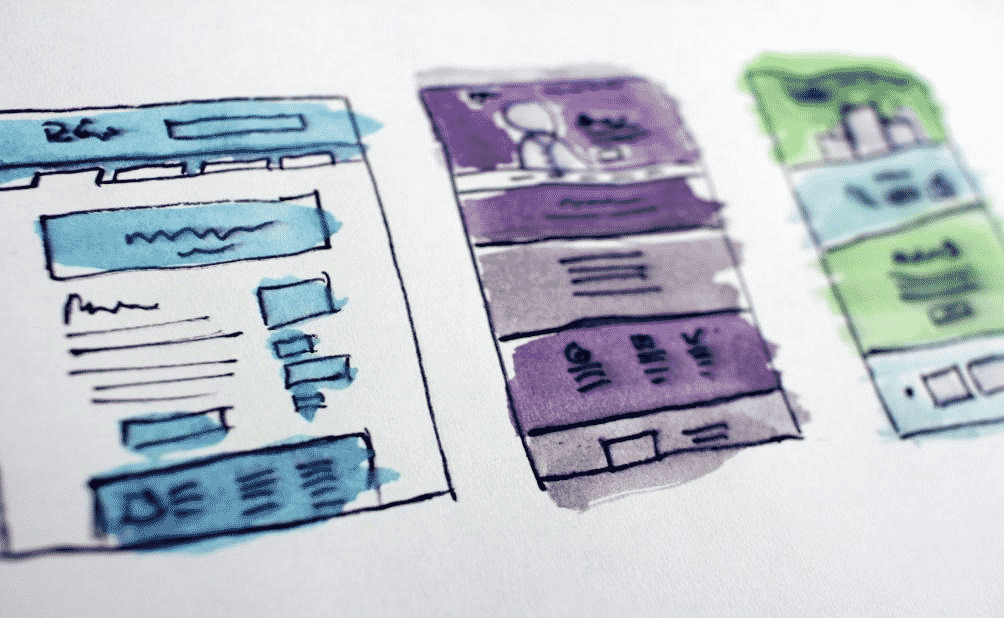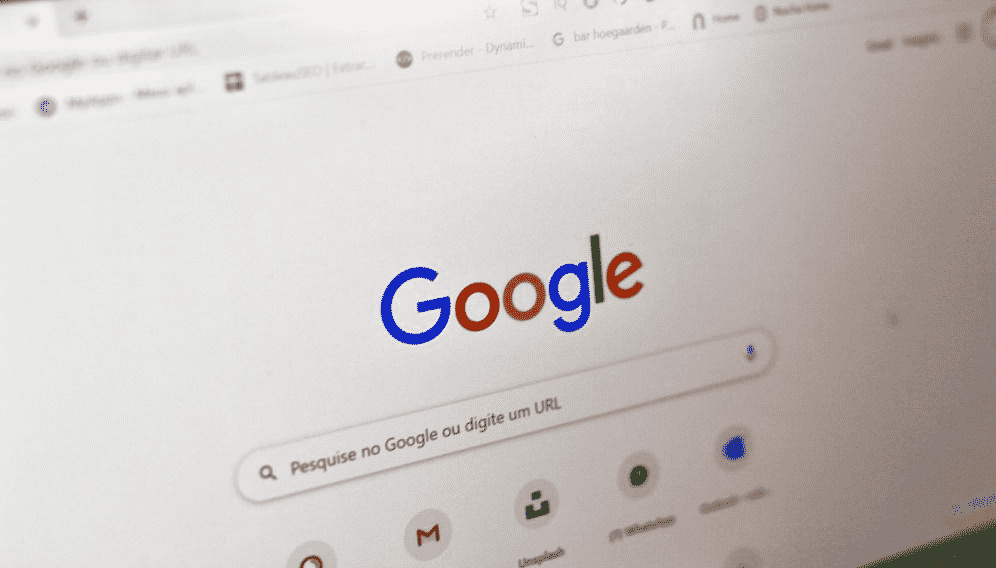Reasons that Lead to a High Bounce Rate
Tracking the metric of your portal is an essential key to outstanding performance. Search engines have ways of recording performances of every site. You can improve yours by avoiding a high bounce rate.
What is a bounce rate? A bounce is recorded when a prospect visits a single page on your site and then exits without visiting another page or interacting. It’s the representation of the percentage of prospects who “bounce” off your site.
The above term refers to a specific score assigned to an online platform, determined by the views and behavior of an ideal audience. In other words, it is crucial for evaluating how a viewer spends time while reading through a medium. Several practices work just fine for this. By following guidelines and taking appropriate steps, acquiring a good score becomes easy.
First, thoroughly familiarize yourself with Google Analytics. You’ll need it to master the tactics involved in this process.
What is a Good Bounce Rate?
The major reason why people visit your site is because of the content you offer. A bounce quota is recorded when they leave without spending a minute or clicking to another page.
Your bounce rate is calculated using this formula: Rb = (Tv / Te). Here Rb means bounce rate, TV means Total number of visits viewing one page only and Te means Total entries to the page. You don’t want to be in the spot where your bounce rate is too low or too high. Below is a breakdown of percentages with corresponding implications according to the Search Engine Journal.
- Below 25% – something about this quota isn’t right. There’s a technical breakdown.
- 26% – 40% – Perfect! This rate is ideal for bringing in Seo-rich traffic.
- 41% – 55% – This is an average score. It isn’t in any way harmful.
- 56% – 70% – This range seems confusing, but it might be safe, depending on the kind of site.
- 70% or above – Here’s where the big problem lies. Nothing is good about this rate. It could be purely negative, or something could be technically wrong.
Top Reasons that Lead to a High Bounce Rate
How can you reduce your bounce quota if you don’t know its root cause? In order to influence your score, it’s vital that you’re fully aware of the factors that will help it to improve. Here are some reasons that lead to a high bounce rate—factors you will want to consider, if not avoid:
Off-putting Website
In a few instances, the root of the problem may be self-inflicted. Online platforms need to have a purpose. They must be engaging, and viewers must find your page worthy of attention, or they will leave and not return..
Some portals are unappealing due to one or two reasons. It could be poor web graphics or it can be server disturbances. However this occurs for you, your best option would be to assess your platform and eliminate any flaws you find. You should always strive for an ideal, clean, WordPress website design.

Search Query Irrelevance
Let it be known that the search engine is continuously evaluating content. It is filtering relevant content from the large clusters of information out there. Therefore, it needs to be sure of feeding users the right answers to their queries.
Visitors will only navigate through your pages when they find useful information, products, or services. If you’re dealing with a high bounce rate, you might want to consider checking your bounce rate for organic and non-organic traffic. If the former is higher than the latter, this could mean that you are not targeting the right audience.

Slow page loading
When building your webpage, if you settled for cheap web hosts or added a jumbled oversized image that cannot be easily downloaded, you are heading toward a very slow loading website.
Most people give up after 4 seconds of waiting for a page to load. If it takes your page much longer than that, your viewers will become impatient and leave, leading to high bounce rates. To prevent this, you would need to be selective with images and include optimized content on your webpage to cut your page loading time.

Irrelevant Traffic
Sometimes, the issue of a high bounce rate can rest upon needless traffic. When a product page gets traffic that does not contribute to sales, it only counts for statistics and has no impact on the life of the viewers. When Google Analytics notices that your traffic isn’t turning in any conversion, it labels it as low content—rather like blacklisting.
That said, when you notice a problem of this sort, review your content. Ensure it is engaging and well-detailed with beneficial information. If you must, add images and get pals to drop a review.

Over-burdening Visitors with Alternative Offers and Too Many Ads
Some types of banner ads are very distracting, and having them pop up every second while visiting a site is not an appealing internet experience that anyone would like.
Burdening your visitors with an influx of banner ads and an overpowering number of alternative offers is too much for your visitors to handle. Understand that the primary goal of your webpage is to provide a message or service. If it isn’t doing that well, you’ll see a high bounce rate.

Attracting the wrong audience to your landing page
In a bid to attract a broad audience to a webpage, some web owners also attract the wrong audience. Literally, having the wrong audience means you have misleading posts!
If your ideal audience is exclusively made up of adult males, most every female who lands on your site will exit almost immediately. In a situation where your target audience is male but 90% of the audience you attract are females, you’ll definitely see a high bounce rate! Attracting the right crowd is what matters. Make sure that your landing page appeals to your target audience and has the relevant information in sync with your entire site.

Asking for too much info
It is neither right nor ethical to ask for too much personal information. The internet can no longer be considered a safe haven. With the rampant increase in the rate of internet fraud keeping users on their toes, any little bit of doubt in your site’s trustworthiness will send your visitor off your page..
If your strategy has been to gain your audience’s trust by asking personal questions, you’ll need to change your plan.

Lack of a Compelling Call-to-Action
After you’ve drawn visitors to your website with your attractive design and interesting content, you lose them to a weak or no call-to-action. You need to influence their decision to either buy a product or at least browse through your catalog and learn more about your product line.
Leave no stone unturned when building your CTA. Even small details like the font used, the color of text or even the border radius of your buttons can help instill a level of trust and compel users to want to see what’s on the receiving end of their click. The more they remain engaged on your site, the lower its bounce rate.

Site Not Mobile Friendly
It’s the mobile age, most people access the internet using their phones, tablets or other mobile devices so it is important your site displays perfectly from any device. If your site isn’t mobile friendly, the overall user experience will be poor resulting in a high bounce rate. People just want to leave as soon as they visit your site.
Mobile friendliness is also an important factor used by Google to rank web pages. Therefore, optimizing the pages on your site for mobile devices also increases its reach.

Making your presentation pages hard to peruse
Any diverting components can decrease the validity of your site, which makes guests look for the closest exit. Most often, these issues include problems in readability. Always ensure that content on your site is readable as this is the starting point of the user experience.
In order to properly format your content, you could consider the following tips:
- Breaking your content into sections explains the central idea in a progressive manner
- Use diagrams to provide visual representations of conceptual material
- Make your content more engaging by introducing a conversational tone with your audience. Invite them to participate by asking questions as they read along
- Make headings, subheadings and important keywords stand out and easy to see by writing them in bold font weights

Conclusion
A high bounce rate is toxic for most websites. As an analogy, imagine walking into a bar and noticing something immediately off about it. Your go-to action would be to leave as soon as possible without purchasing anything. This is what a high bounce rate implies for any web platform.
This guide has all it takes to put you on the right track. By highlighting key reasons for high bounce rates on websites, you’ll be able to take actionable steps to avoid them.


